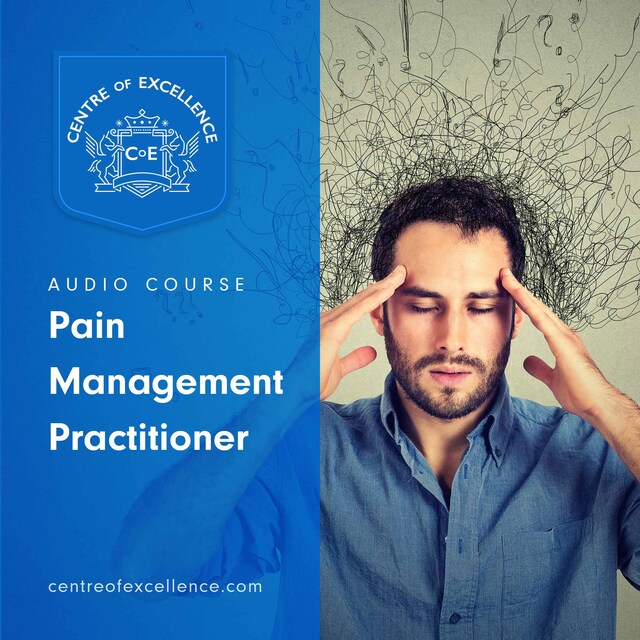
Pain Management Practitioner
Opis książki
This course provides a comprehensive understanding of the mind-body connection. You will discover how big a part the mind plays in your feelings of pain and how, with the right knowledge, you can use it to combat them.
Physical and emotional, chronic and acute, tissue, nerve and psychogenic, there are many different types of pain. You will learn about each type and the effects they have on those afflicted.
This course will teach you how to be reflective and take control of the elements of your life that cause you pain. You will discover the power of using positive affirmations and visualisations to strengthen your will and determination, to release pain and combat the negative energies that may have gripped your current mindset.
You will learn how to use a variety of holistic practices to combat pain, the first of which is hypnotherapy. You will discover how it works and be guided through several self-hypnosis scripts that you can use to ease various types of pain.
One of the simplest methods of relieving pain is meditation. When you meditate your brain releases endorphins, which are your natural pain relievers, and make you feel happier. The course explains the benefits of meditation, answers common questions, and guides you through meditations that are useful in relieving pain.
Mindfulness is a powerful tool in combating stress and anxiety and in enhancing wellbeing. It also enables you to pay close attention to your pain, without judgement and understand your thoughts and mindset. You will be guided in the techniques used in the practice.
You may not know it, but you could be subconsciously sabotaging your efforts to be free from pain. The Pain Management Practitioner Course explains Part Therapy and Secondary Gain, and how to uncover your negative subconscious thoughts and bring them to the forefront of your mind to be addressed.
Some types of pain can seem unexplainable as they are the result of an event in your past, or even after a past life, which has been suppressed. The course explains Regression Therapy and how you can use it to help relieve this type of pain by enabling you to explore and resolve past issues through self-hypnosis.
NLP (Neuro-Linguistic Programming) helps people to understand and recode the way their brain responds to stimuli and programme themselves to manifest better and new behaviours. The course explains how you can use the techniques of NLP to dial down pain, make it fade away, or even make the pain softer and less intense.
It’s hard to be in a bad mood when you are laughing. The Pain Management Practitioner Course looks at research that shows how laughing can aid pain management and how you can use it as a tool to improve your wellbeing.
Format:
Język:
Angielski


